- About Pedilanthus
- Types of Pedilanthus
- Care Tips
- Propagation
- Conclusion
- Types of Pedilanthus
- 1. Pedilanthus tithymaloides
- 2. Pedilanthus macrocarpus
- 3. Pedilanthus bracteatus
- 4. Pedilanthus bilabiatus
- 5. Pedilanthus cymbiferus
- Choosing the Right Pot for Your Pedilanthus
- Size
- Drainage
- Material
- Style
- Light Requirements for Pedilanthus
- Watering and Fertilizing Pedilanthus
- Watering
- Fertilizing
- Propagating Pedilanthus at Home
- Methods for Propagation
- Stem Cuttings
- Air Layering
- Caring for Propagated Pedilanthus
- Common Pests and Diseases of Pedilanthus
- Pests
- Diseases
- Tips for Successful Pedilanthus Care
- 1. Light and Temperature
- 2. Watering and Humidity
- 3. Soil and Fertilizer
- 4. Pruning and Propagation
- 5. Common Pests and Diseases
- Q&A:
- How often should I water my Pedilanthus plant?
- Can I keep my Pedilanthus plant indoors?
- What kind of soil is best for Pedilanthus plants?
- How often should I fertilize my Pedilanthus plant?
- Can I propagate my Pedilanthus plant from cuttings?
- Video: Devil’s Backbone / Pedilanthus / Zigzag Plant || Care & Growth Tips ||Top Gardening ||
Pedilanthus is a popular houseplant known for its unique appearance and easy care requirements. Commonly referred to as “slipper plant” or “devil’s backbone,” Pedilanthus is characterized by its thick, succulent stems that resemble the backbone of a devil. This plant is native to Mexico, where it thrives in arid conditions and limited water resources.
When it comes to caring for Pedilanthus, there are a few essential tips to keep in mind. First, it is important to place the plant in a well-lit area, preferably with indirect sunlight. Pedilanthus can tolerate some shade, but it will not thrive in low light conditions. Additionally, this plant prefers warm temperatures, ideally ranging from 60 to 85 degrees Fahrenheit (15 to 29 degrees Celsius).
Watering is another crucial aspect of Pedilanthus care. As a succulent plant, Pedilanthus stores water in its stems, making it drought-tolerant. It is important to allow the soil to dry out between waterings to prevent root rot. Overwatering can be detrimental to the health of your Pedilanthus, so it is recommended to water the plant sparingly. In the winter months, when the plant is in dormancy, reduce watering even further.
Propagation of Pedilanthus can be done through stem cuttings. Select a healthy stem, around 4 to 6 inches long, and remove the lower leaves. Allow the cutting to dry out for a few days before planting it in well-draining soil. Keep the soil slightly moist and place the cutting in a warm, bright location. With proper care, the cutting will develop roots and eventually grow into a new Pedilanthus plant.
In conclusion, caring for Pedilanthus involves providing it with a well-lit area, warm temperatures, and infrequent watering. By following these essential tips, you can successfully grow and propagate Pedilanthus at home, adding a unique and beautiful plant to your indoor garden.
About Pedilanthus
Pedilanthus is a genus of succulent plants that are native to North and South America. These plants are often referred to as “slipper plants” due to the shape of their small flowers, which resemble a slipper or shoe. Pedilanthus plants are known for their striking and unique appearance, making them a popular choice among succulent enthusiasts.
Types of Pedilanthus
There are several different species of Pedilanthus, each with its own distinct characteristics. Some popular types include:
- Pedilanthus tithymaloides: Also known as Devil’s Backbone or Redbird Cactus, this species has zigzag-shaped stems and glossy green leaves. It can produce small red or yellow flowers.
- Pedilanthus macrocarpus: Commonly known as Giant Pedilanthus, this species has thick, woody stems and long, drooping branches. It produces small green flowers.
- Pedilanthus bracteatus: This species, also called Slipper Plant or Slippers, has triangular, curving stems and small yellow flowers. It is often used as a hanging plant.
Care Tips
When it comes to caring for Pedilanthus plants, there are a few important things to keep in mind:
- Light: Pedilanthus plants thrive in bright, indirect light. They can tolerate some direct sun, but too much can cause scorching.
- Watering: These plants have a moderate drought tolerance and prefer to dry out between waterings. It’s important to avoid overwatering, as this can lead to root rot.
- Temperature: Pedilanthus plants prefer warm temperatures between 65°F and 85°F (18°C and 29°C). They should be protected from frost and extreme cold.
- Soil: Well-draining soil is essential for Pedilanthus plants. A mix of cactus potting soil and perlite or sand works well.
- Fertilizer: Feed Pedilanthus plants with a balanced, water-soluble fertilizer during the growing season (spring and summer) to encourage healthy growth.
Propagation
Propagating Pedilanthus plants can be done through stem cuttings. Here’s how:
- Take a stem cutting that is at least 4-6 inches long, ensuring that it has several sets of leaves.
- Allow the cutting to dry and callus over for a few days.
- Plant the cutting in well-draining soil and keep it in a warm and bright location.
- Water sparingly, allowing the soil to dry out between waterings.
- Roots should develop within a few weeks, and new growth will start to emerge.
Conclusion
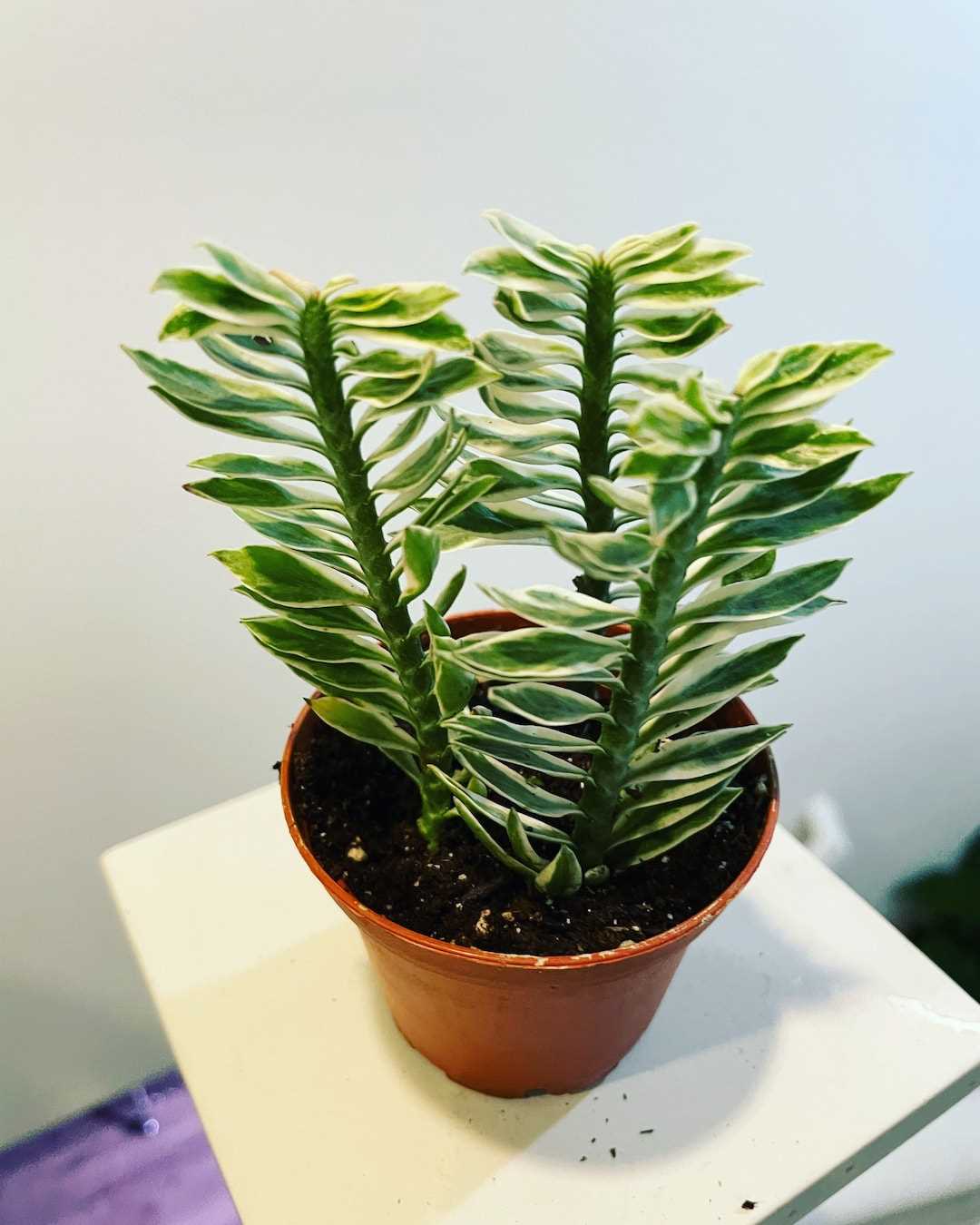
Pedilanthus plants are unique and eye-catching succulents that can make a beautiful addition to any indoor or outdoor space. With the right care and maintenance, these plants can thrive and provide years of enjoyment.
Types of Pedilanthus
Pedilanthus plants, also known as Slipper plants, are a diverse group of succulents that can add variety and interesting shapes to your indoor or outdoor garden. Here are some popular types of Pedilanthus:
1. Pedilanthus tithymaloides
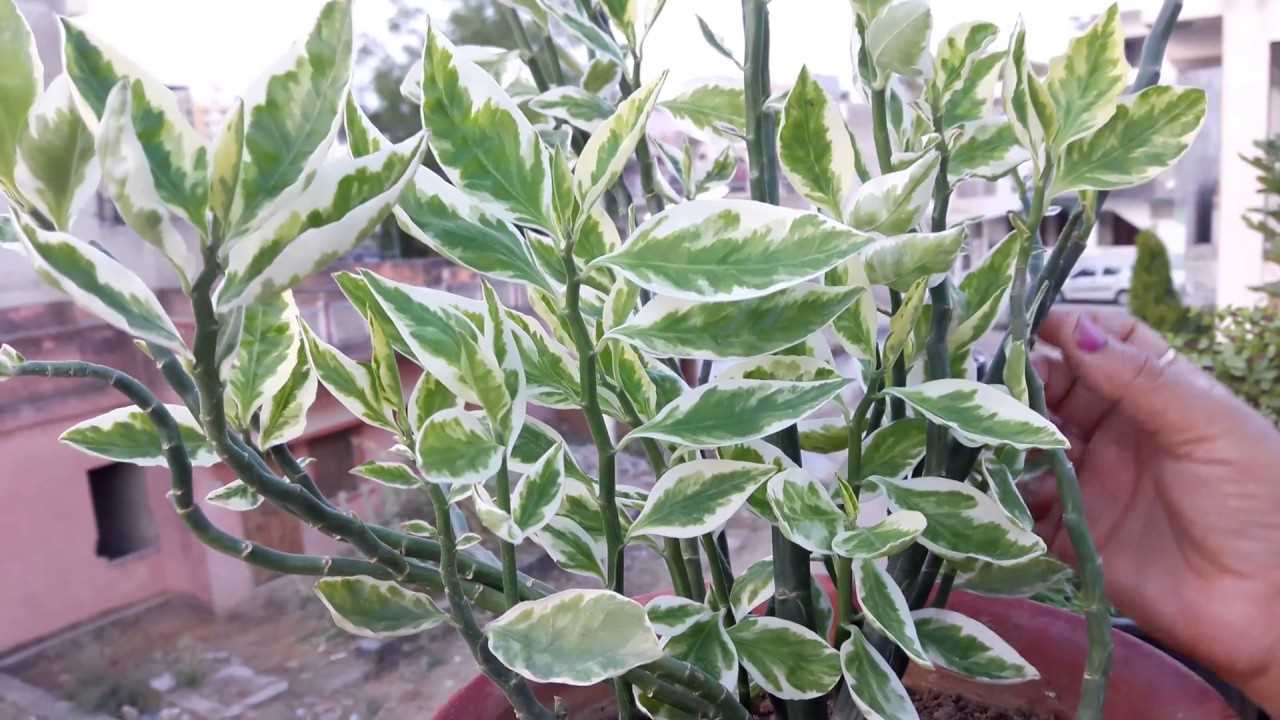
This is the most common and well-known species of Pedilanthus. It is native to tropical America and is often grown as an indoor plant. The leaves are narrow and pointed, and the plant produces bright red flowers that resemble slippers.
2. Pedilanthus macrocarpus
This species of Pedilanthus is native to the southwestern United States and Mexico. It has thick, fleshy stems and leaves that are covered in spiny thorns. The plant produces small, yellow flowers in late spring to early summer.
3. Pedilanthus bracteatus
Also known as the Red Slipper Spurge, this species is native to Madagascar. It has red stems and leaves with green and yellow variegation. The plant produces small, inconspicuous flowers, but its attractive foliage makes it a popular choice for succulent enthusiasts.
4. Pedilanthus bilabiatus
Native to Brazil, this Pedilanthus species has long, pendant stems that hang down from its container. The leaves are green and have a slightly wavy, toothed margin. The plant produces small, greenish-yellow flowers that are often hidden beneath the foliage.
5. Pedilanthus cymbiferus
This species, also called the Red Slipper Flower, is native to Mexico. It has slender stems and leaves that are grey-green in color. The plant produces small, red flowers that have a distinctive shape, resembling a slipper or shoe.
These are just a few of the many varieties of Pedilanthus plants available. Each type has unique characteristics that make it a valuable addition to any succulent collection.
Choosing the Right Pot for Your Pedilanthus
When it comes to choosing the right pot for your Pedilanthus plant, there are a few important factors to consider. The pot you choose can have a significant impact on the overall health and growth of your plant, so it’s important to choose wisely.
Size
First and foremost, consider the size of your Pedilanthus plant. You’ll want to choose a pot that is large enough to accommodate the roots and allow for growth, but not so large that it overwhelms the plant. As a general rule, choose a pot that is roughly 1-2 inches larger in diameter than the current pot.
Drainage
Proper drainage is essential for the health of your Pedilanthus plant. Make sure the pot you choose has drainage holes in the bottom to allow excess water to escape. This will help prevent overwatering and root rot, which can be fatal to your plant.
Material
There are several materials to choose from when it comes to pots for your Pedilanthus. Clay pots are a popular choice because they are porous and allow for better airflow to the roots. However, they can also dry out quickly, so you’ll need to water your plant more frequently. Plastic pots are lightweight and retain moisture better, but they may not provide as much airflow. Ultimately, the choice of material depends on your personal preference and the specific needs of your plant.
Style
Lastly, consider the style of pot that will complement your Pedilanthus plant. There are many options available, from simple and classic to colorful and decorative. Choose a pot that matches your aesthetic preferences and enhances the overall appearance of your plant.
By considering these factors, you can choose the right pot for your Pedilanthus plant and provide it with the best possible growing conditions.
Light Requirements for Pedilanthus
Pedilanthus plants require bright, indirect light to thrive. They prefer to be placed near a south or west-facing window where they can receive bright but filtered sunlight throughout the day. However, avoid placing them in direct sunlight as it can scorch the leaves and cause them to turn yellow or brown.
If you don’t have a suitable window with enough light, you can also use artificial grow lights to ensure your Pedilanthus receives adequate light. Place the grow lights 12-18 inches above the plant and keep them on for 12-14 hours a day. This will help mimic natural sunlight and promote healthy growth.
It’s important to monitor the light levels of your Pedilanthus regularly. If the leaves start to become pale or leggy, it’s a sign that the plant isn’t receiving enough light. On the other hand, if the leaves turn dark green and lose their coloration, it may indicate that the plant is receiving too much direct sunlight.
| Light Requirement | Description |
|---|---|
| Bright, indirect light | Place near a south or west-facing window to receive filtered sunlight. |
| Avoid direct sunlight | Direct sunlight can scorch the leaves and cause damage. |
| Use artificial grow lights | If natural light is insufficient, supplement with grow lights placed 12-18 inches above the plant. |
| Monitor for signs of inadequate or excessive light | Pale or leggy leaves indicate insufficient light, while dark green and colorless leaves suggest excessive light exposure. |
Watering and Fertilizing Pedilanthus
Proper watering and fertilization are crucial for the health and growth of your Pedilanthus plant. Here are some essential tips to keep in mind:
Watering
- Water your Pedilanthus plant when the top inch of soil feels dry to the touch.
- Avoid overwatering, as excessive moisture can lead to root rot and other issues.
- Watering frequency may vary depending on factors such as temperature, humidity, and pot size.
- Ensure that the pot has proper drainage to prevent water from accumulating at the roots.
- During the winter months, when the plant is in its dormant period, reduce watering and allow the soil to dry out slightly between waterings.
Fertilizing

- Fertilize your Pedilanthus plant during the active growing season, typically spring and summer.
- Use a balanced, water-soluble fertilizer formulated for indoor plants.
- Follow the instructions on the fertilizer packaging for proper dilution and application rates.
- Apply the fertilizer every two to four weeks, or as directed on the packaging.
- Avoid over-fertilization, as it can lead to salt buildup in the soil and damage the roots.
Monitoring the moisture level of the soil and adjusting your watering routine accordingly is key to preventing both overwatering and underwatering. Similarly, providing the right balance of nutrients through fertilization will help your Pedilanthus thrive and grow. Remember to pay attention to your plant’s specific needs and make adjustments as necessary.
Propagating Pedilanthus at Home
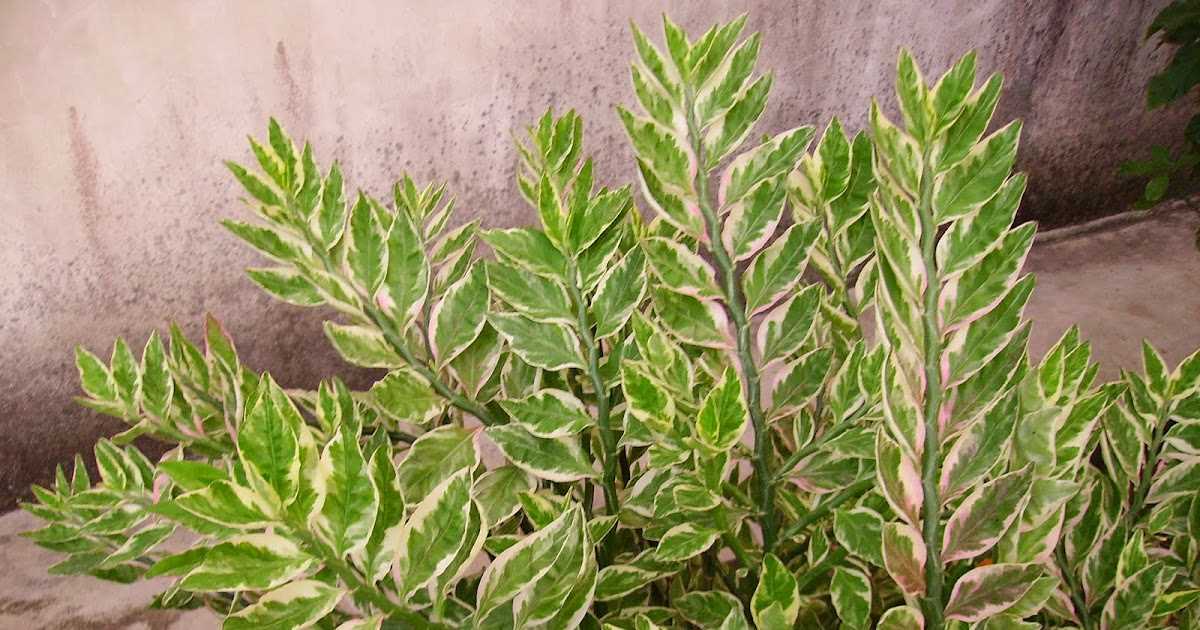
Methods for Propagation
There are several methods you can use to propagate Pedilanthus plants at home:
- Stem Cuttings
- Air Layering
Stem Cuttings
Propagating Pedilanthus from stem cuttings is one of the easiest methods. Here’s how to do it:
- Select a healthy stem from the parent plant.
- Using a clean and sharp pair of scissors or pruning shears, cut a stem that is several inches long.
- Remove the lower leaves from the stem, leaving a few leaves at the top.
- Dip the cut end of the stem in a rooting hormone to encourage root growth.
- Plant the stem in a well-draining potting mix, making sure to bury a few nodes of the stem below the soil surface.
- Place the pot in a warm and bright location, but out of direct sunlight.
- Keep the soil lightly moist and mist the leaves regularly to maintain humidity.
- After a few weeks, the stem should develop roots, and you can transplant it into a larger pot.
Air Layering
Air layering is another method you can use to propagate Pedilanthus. Here’s how to do it:
- Select a healthy stem from the parent plant and make a small incision in the middle of the stem.
- Apply a rooting hormone to the wounded area.
- Wrap the wounded area with damp sphagnum moss, and cover it with plastic wrap to create a mini greenhouse.
- Secure the plastic wrap with a rubber band or string to keep it in place.
- Check the moss regularly to ensure it stays damp, and mist the leaves with water to maintain humidity.
- After a few weeks, roots should form in the moss. Once the roots are well-developed, you can cut the stem below the moss and plant it in a pot.
Caring for Propagated Pedilanthus
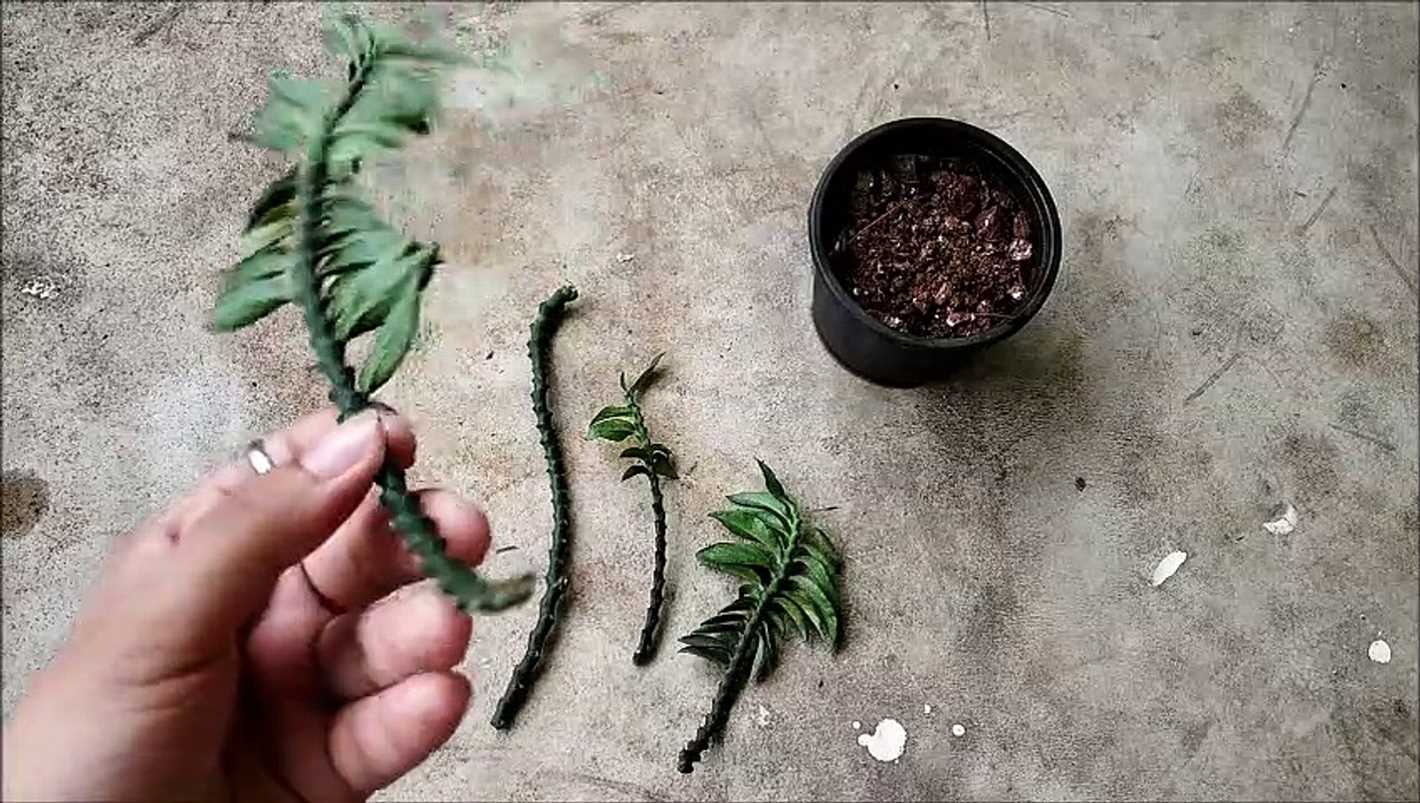
Once you have successfully propagated Pedilanthus, it is important to provide the same care as for mature plants:
- Place the plant in a location with bright, indirect sunlight.
- Water the plant when the top inch of soil feels dry, but avoid overwatering.
- Provide regular fertilization during the growing season to promote healthy growth.
- Monitor for pests, such as aphids or spider mites, and take appropriate measures to control them.
- Prune the plant as needed to maintain its shape and remove any dead or diseased parts.
By following these propagation methods and caring tips, you can expand your collection of Pedilanthus plants and enjoy their unique beauty in your home.
Common Pests and Diseases of Pedilanthus
Pedilanthus is a hardy plant that is relatively resistant to pests and diseases. However, there are a few common issues that can occur, especially if the plant is not cared for properly. Here are some of the most common pests and diseases that you may encounter while growing Pedilanthus:
Pests
- Aphids: Aphids are tiny insects that feed on the sap of plants. They can be found on the undersides of the leaves and can cause stunted growth, yellowing leaves, and distorted foliage. To get rid of aphids, you can wash the plant with a strong jet of water or use insecticidal soap.
- Mites: Mites are tiny pests that are difficult to see with the naked eye. They can cause yellowing leaves, tiny webs, and overall decline in the plant’s health. To control mites, you can wash the plant with water, increase humidity, or use miticides.
- Mealybugs: Mealybugs are soft-bodied insects that secrete a waxy substance. They can be found on the stems and leaves of the plant and can cause yellowing leaves and stunted growth. To get rid of mealybugs, you can remove them manually, use insecticidal soap, or apply rubbing alcohol with a cotton swab.
Diseases
- Root Rot: Root rot is a common disease in Pedilanthus that is caused by overwatering or poor drainage. It can cause wilting, yellowing leaves, and root discoloration. To prevent root rot, make sure to plant the Pedilanthus in well-draining soil and avoid overwatering.
- Leaf Spot: Leaf spot is a fungal disease that causes brown spots on the leaves of Pedilanthus. It can be caused by overwatering, poor air circulation, or high humidity. To control leaf spot, remove affected leaves and improve air circulation around the plant.
- Powdery Mildew: Powdery mildew is a fungal disease that appears as a white powdery substance on the leaves. It can be caused by high humidity and poor air circulation. To treat powdery mildew, remove affected leaves and improve air circulation. Fungicides may also be used if the infection is severe.
By being aware of these common pests and diseases and taking preventative measures, you can keep your Pedilanthus healthy and thriving.
Tips for Successful Pedilanthus Care
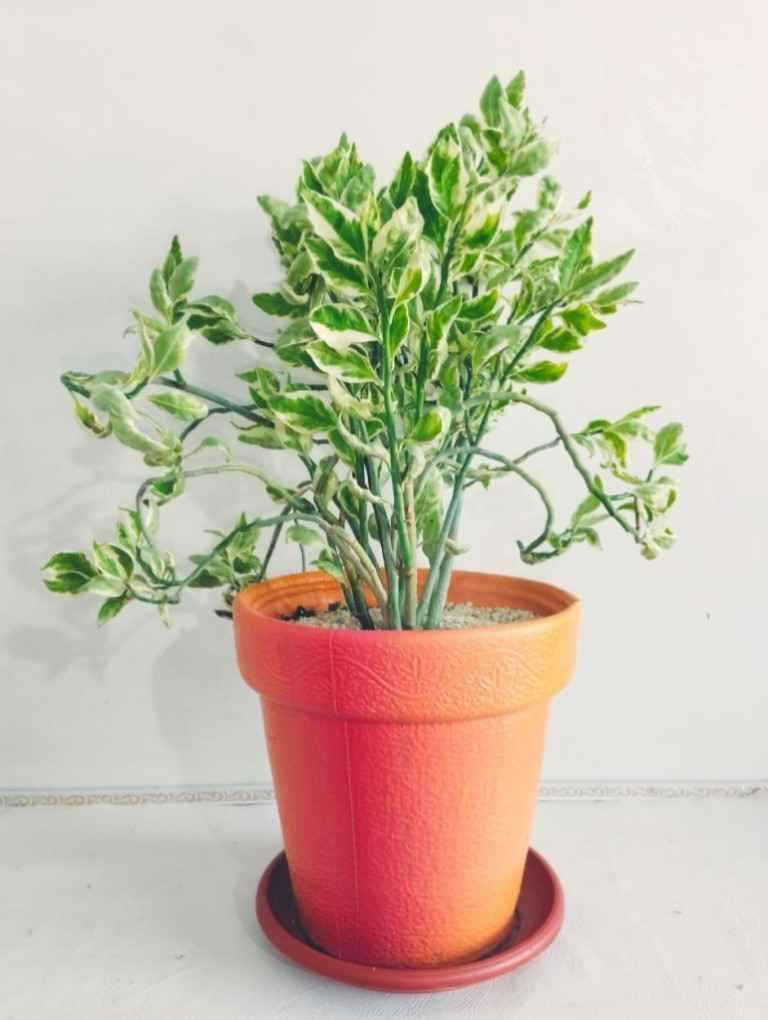
1. Light and Temperature
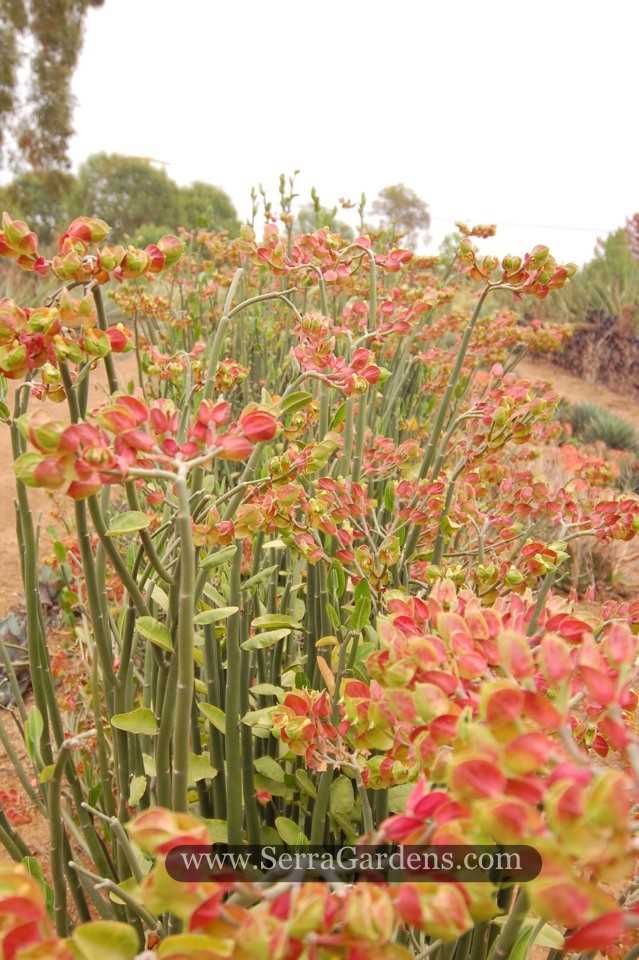
Pedilanthus plants thrive in bright, indirect light. Place your plant near a north or east-facing window to provide it with the ideal amount of light for optimal growth. Avoid placing it in direct sunlight, as the intense rays can scorch the leaves.
It is important to provide your Pedilanthus with a consistent temperature. They prefer temperatures between 65-80°F (18-27°C) during the day and slightly cooler at night. Extreme temperature fluctuations can cause stress to the plant and affect its overall health.
2. Watering and Humidity
When it comes to watering your Pedilanthus, it is best to follow the “soak and dry” method. Allow the top inch of soil to dry out between waterings, and then thoroughly water the plant, making sure the water drains out of the bottom of the pot. Avoid overwatering, as this can lead to root rot.
These plants are native to arid regions, so they do not require high humidity. However, they can benefit from occasional misting to provide some moisture to the leaves.
3. Soil and Fertilizer
Pedilanthus plants prefer well-draining soil that is slightly acidic. A mix of regular potting soil, sand, and perlite or pumice can provide the ideal growing medium.
During the growing season, which is typically in spring and summer, you can fertilize your Pedilanthus monthly with a balanced liquid fertilizer diluted to half strength. Avoid fertilizing in the winter when the plant is in its resting period.
4. Pruning and Propagation
Pruning your Pedilanthus can help keep it in a desired shape and promote bushier growth. You can trim back leggy stems to encourage branching. Be sure to use clean, sharp pruning shears to avoid damaging the plant.
Propagation of Pedilanthus plants can be done through stem cuttings. Take a cutting from a healthy stem, remove the lower leaves, and allow the cutting to dry for a few days before planting it in well-draining soil. Keep the soil lightly moist until the cutting establishes roots.
5. Common Pests and Diseases
Pedilanthus plants are relatively resistant to pests but can occasionally be infested with mealybugs or spider mites. Regularly inspect your plant for any signs of pests and treat them promptly with appropriate insecticides or natural remedies like neem oil.
Overwatering can lead to root rot, so it is important to avoid soggy soil. If you notice any signs of root rot, such as wilting or yellowing leaves, remove the affected parts and repot the plant in fresh, well-draining soil.
By following these tips for Pedilanthus care, you can ensure that your plant thrives and adds beauty to your indoor or outdoor space.
Q&A:
How often should I water my Pedilanthus plant?
It is best to water your Pedilanthus plant when the top inch of soil feels dry. However, be careful not to over-water, as this can lead to root rot.
Can I keep my Pedilanthus plant indoors?
Yes, Pedilanthus plants can be kept indoors. They prefer bright, indirect light, so placing them near a window where they can receive filtered sunlight is ideal.
What kind of soil is best for Pedilanthus plants?
Pedilanthus plants prefer well-draining soil that is rich in organic matter. A mix of potting soil, perlite, and peat moss can be a good choice.
How often should I fertilize my Pedilanthus plant?
It is recommended to fertilize your Pedilanthus plant once a month during the growing season (spring and summer) using a balanced, water-soluble fertilizer.
Can I propagate my Pedilanthus plant from cuttings?
Yes, Pedilanthus plants can be easily propagated from stem cuttings. Simply take a 4-6 inch cutting from the plant and allow it to dry for a few days before planting it in well-draining soil.
Video:
Devil’s Backbone / Pedilanthus / Zigzag Plant || Care & Growth Tips ||Top Gardening ||







